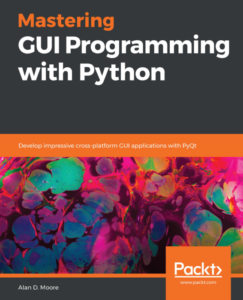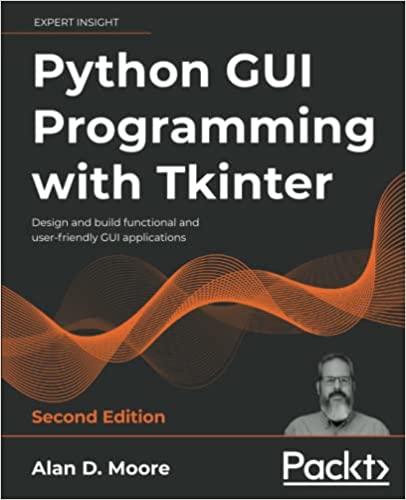When tinkering with old computers, there is little about an operating system quite as endearing as flexibility at install time. The “Universal Operating System” is no slouch in this regard; the Debian installer will work quite happily from CD, DVD, USB drive, PXE boot (my personal fav), and even a Windows executable.
But what if none of those is an option? Suppose you’re stuck with a system with no optical media, no USB boot, no PXE boot, and no OS? Can we get Debian on such a machine?
You bet we can! (more…)


HP Decides to Open Source WebOS
Well this looks like interesting news: HP has decided to open its failed WebOS platform to developers. If they do it right and actually help found a project, this could be really cool. WebOS might become the free software option for mobile & tablets for all us I-must-replace-the-factory-OS-on-every-device-I-own folks.
Then again, they could just mess it up and WebOS will fade into obscurity.
It’ll be fun to watch, either way.